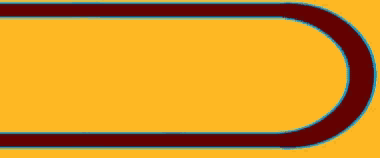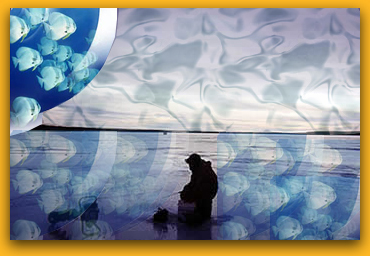
 |
 |
Inuit
Culture and |
|
INTRODUCTION I find it ironic how small this world is and how other people's lives become involved with your own in one form or another. My life has been shaped by people that share the same feelings as I do. I happened to get acquainted with a new teacher in our school whose ancestor
was an Inuit. Immediately, I was interested in the subject and thought
it would be a great study for my paper on the voyage of the past. I introduced
the topic to my professor, David T. McNab, and he thought it was a great
idea, provided the family gave me permission to research their family's
ethnic background. Without hesitation, approval was granted to me from
both sides of the family. The objective of this study was to expand on the life of Peter Leon, presumably an Inuit, who may have lived around the 1700 - 1800's in either Newfoundland or Labrador. Later, Peter Leon's family was driven to St. Augustin and Pakua Shipi, Quebec due to the Montagnais' takeover. I began my research in November 1999, but due to limited time and knowledge about the specific subject from other researchers and family, I have decided to incorporate my own research from many different resources and imaginative ideas into this essay. My goal is to provide some significant insight not only into Peter Leon's personal life, but also into the various socio-economic and political changes that have occurred within the Inuit and Innu society over time. Hopefully, this study will capture the spirit of the past and relate it to the present through my storytelling of daily interactions among the native and western culture, as well as to what extent it was beneficial for both cultures in the context of our changing material resources.
THE PREHISTORIC HISTORY OF THE ABORIGINAL PEOPLE Who and where did the aboriginal people of North America come from and
what are they like? According to Noel Michel, the author of The Native Peoples of Quebec,
it was a long, long time ago, based on archeological estimates, that the
Americas began with a society of small groups of hunting nomads who came
from Asia, driven by drought. They initially migrated by crossing the
Bering Strait. These people explored and settled in the Americas for anywhere
from ten to fifty thousand years, and by the 15th century their descendants
had spread southward to populate both continents (Noel Michel, 1997). The Labrador Inuits, once called Eskimos, were direct descendants of
the Thule Inuit, an Alaskan people who migrated into Canada and Greenland
about one thousand years ago. It is believed by archeologists that the
Thule natives first arrived on the Labrador coast around 1400, coming
southward from Baffin Island. A book called Our Footprints Are Everywhere, written by the Labrador Inuit Association, claims that during 1400 - 1700, in the early period, the Inuit population expanded as far south as Hamilton Inlet in Labrador. Even though the nations had no permanent settlement south of Hamilton Inlet, the archeologists know that the Inuit sometimes journeyed to the Strait of Belle Isle to trade, hunt and raid camps of European fishermen, including the 16th century Basque (Portuguese) whaling stations. Apparently they had some contact with European explorers and whaling ships along the northern coast, but this did affect their way of life to the extent that it did in the later years, (Labrador Inuit Association, 1977).
|
|